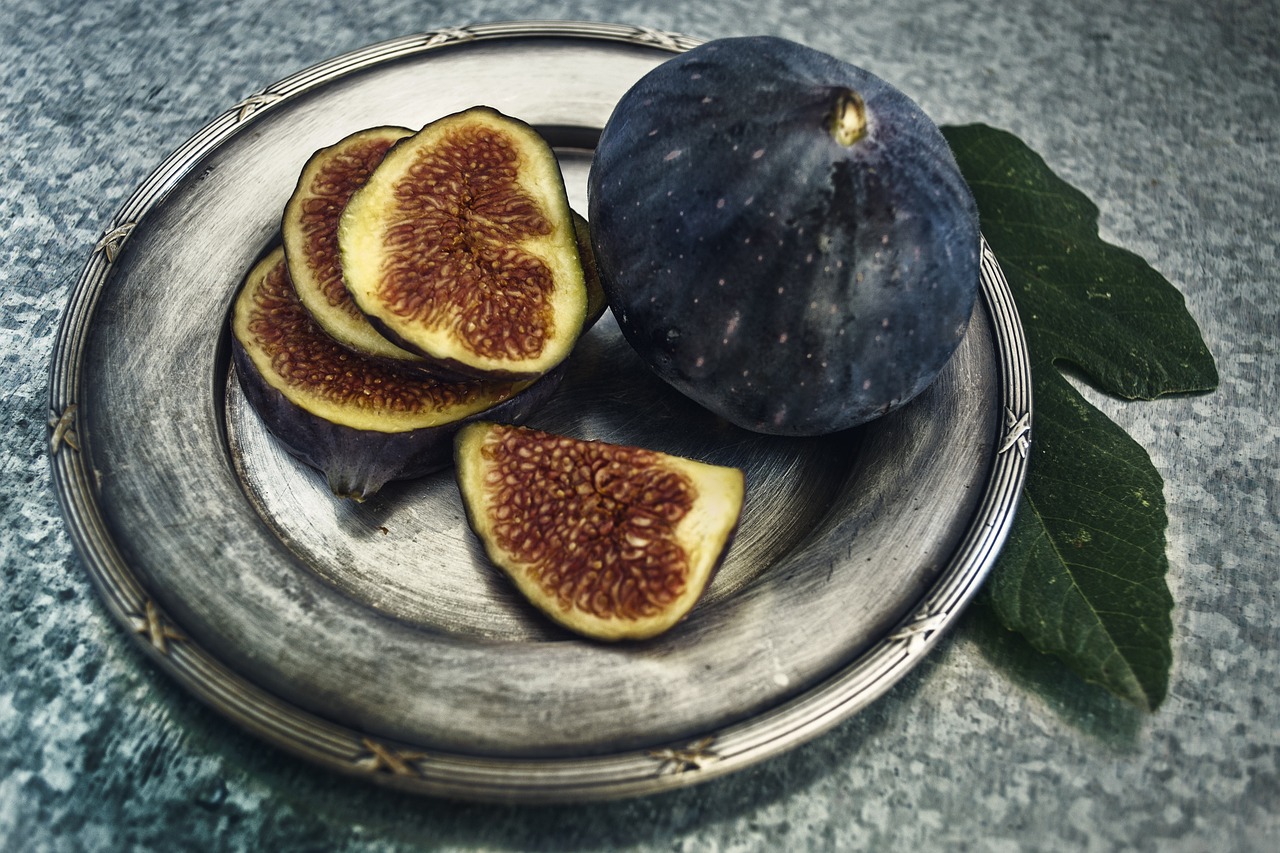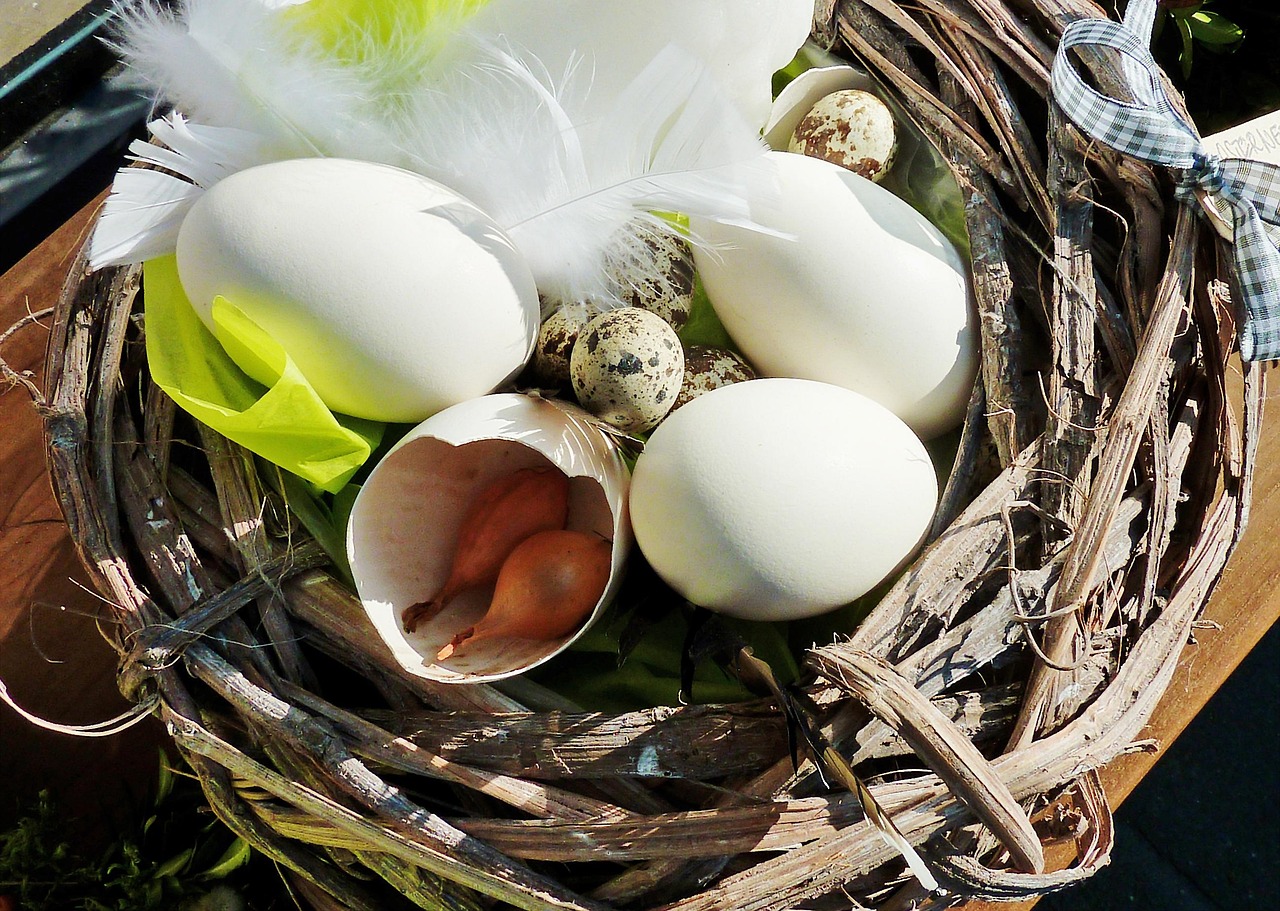IconicChineseDishes
Chinese Cuisine: A Culinary Delight
Chinese cuisine refers to the diverse and delicious culinary traditions that have been developed and refined over thousands of years in China. The term "Chinese cuisine" can be directly translated to "中国美食" in English and encompasses a wide range of regional styles, cooking techniques, and ingredients. Let's explore some of the most popular and iconic Chinese dishes and culinary concepts.
1. Peking Duck (北京烤鴨): Peking duck is a famous dish from Beijing that features thin, crispy skin and tender, succulent meat. It is often served with pancakes, scallions, and hoisin sauce.
2. Xiaolongbao (小笼包): Also known as soup dumplings, xiaolongbao are delicate steamed dumplings filled with hot, savory broth and meat, creating an explosion of flavor with each bite.
3. Kung Pao Chicken (宫保鸡丁): This Sichuan dish combines tender diced chicken with peanuts, vegetables, and a spicysweet sauce, offering a perfect balance of flavors and textures.
4. Mapo Tofu (麻婆豆腐): Hailing from the Sichuan province, mapo tofu features soft tofu cubes and minced meat cooked in a spicy, flavorful sauce made with fermented black beans and Sichuan peppercorns.
Chinese cuisine is incredibly diverse, with each region boasting its own unique culinary style and flavor profiles. Some of the most wellknown regional styles include:
Cantonese Cuisine (粤菜): Hailing from Guangdong province, Cantonese cuisine emphasizes fresh ingredients and delicate flavors. Dim sum, roast meats, and stirfried dishes are hallmarks of Cantonese cooking.

Sichuan Cuisine (川菜): Known for its bold, fiery flavors, Sichuan cuisine utilizes ingredients like Sichuan peppercorns and spicy chili peppers to create dishes with a numbing and spicy sensation known as "mala."
Hunan Cuisine (湘菜): Hunan cuisine is characterized by its use of smoked and cured meats, as well as bold and spicy flavors. "Dry pot" dishes and sourspicy flavors are typical of Hunan cuisine.
Shandong Cuisine (鲁菜): With a focus on seafood and light, savory flavors, Shandong cuisine features delicate seafood dishes, clear broths, and a variety of cooking techniques, including braising and deepfrying.
Chinese cuisine is guided by a set of culinary principles that emphasize harmony, balance, and the art of contrast. Some key principles include:
Yin and Yang Balance: Chinese dishes often aim to achieve a balance between yin (cooling) and yang (warming) ingredients to promote harmony and wellbeing.
Color, Aroma, and Taste: The visual presentation, aroma, and taste of a dish are all carefully considered, leading to a focus on vibrant colors, enticing smells, and a harmonious blend of flavors.
Five Flavors: Chinese cuisine aims to incorporate five key flavors—sweet, sour, bitter, spicy, and salty—into dishes, creating a dynamic and satisfying sensory experience.
1. Explore Local Chinese Restaurants: To truly experience the diversity of Chinese cuisine, seek out authentic Chinese restaurants in your area that specialize in regional dishes.
2. Try Cooking Chinese Dishes at Home: Experiment with cooking Chinese recipes at home to gain a deeper appreciation for the ingredients and techniques that make this cuisine so unique.
3. Embrace Culinary Diversity: Chinese cuisine is incredibly diverse, so be open to trying a wide variety of dishes, flavors, and regional specialties to expand your culinary horizons.
By understanding the rich traditions, diverse regional styles, and underlying culinary principles of Chinese cuisine, you can embark on a flavorful journey that celebrates the artistry and heritage of one of the world's most beloved culinary traditions.











